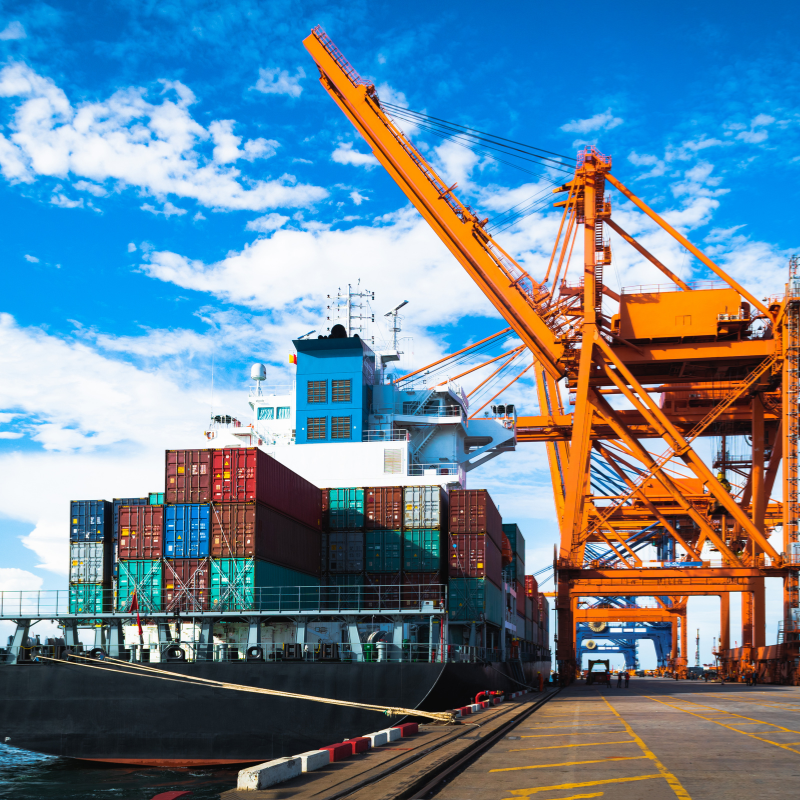In the vast blue expanses of the world’s oceans, vessels bearing the mark of Korean craftsmanship navigate global trade routes, transporting everything from crude oil to liquefied natural gas. But what makes Korean shipbuilding an industry that commands worldwide attention? Let’s dive into the remarkable story of how this Asian nation became a maritime powerhouse.
The Giants of the Sea: Korea’s Shipbuilding Prominence
South Korea’s shipbuilding industry has transcended its humble beginnings to become a cornerstone of the global maritime sector. This isn’t merely about constructing vessels—it’s about engineering marvels that define modern sea transportation. Korea’s shipyards have established themselves as the undisputed leaders in high-value vessel production, particularly in specialized categories like LNG carriers, ultra-large crude carriers (ULCCs), and offshore plants.
The numbers speak for themselves: Korean shipbuilders consistently secure over 40% of global ship orders annually. In the strategically important LNG carrier segment, Korea maintains an impressive first-place position worldwide, demonstrating the nation’s technical prowess and reliability.
The Triumvirate: Korea’s Big Three
At the heart of Korea’s shipbuilding success stands the formidable “Big Three”:
- HD Hyundai Heavy Industries: The world’s largest shipbuilding company, pioneering in multiple vessel categories and technological innovations
- Samsung Heavy Industries: Renowned for its precision engineering and advanced offshore facilities
- Hanwha Ocean (formerly Daewoo Shipbuilding & Marine Engineering): A specialist in naval and commercial vessels with cutting-edge capabilities
These industry titans have transformed coastal regions like Ulsan, Geoje, and Okpo into industrial centers of excellence, where massive dry docks and towering cranes shape the landscape—and the future of global shipping.

Innovation at the Helm: Environmental Leadership
What truly distinguishes Korean shipbuilding is its forward-thinking approach to maritime challenges. As international environmental regulations tighten, Korean shipyards have positioned themselves at the vanguard of eco-friendly vessel development:
- Alternative Fuel Pioneers: Developing ships powered by LNG, hydrogen, and ammonia
- Emissions Reduction Technologies: Innovative scrubbers and energy-efficient propulsion systems
- Digital Integration: Smart ship technologies that optimize fuel consumption and operational efficiency
This environmental leadership isn’t just about compliance—it represents Korea’s strategic vision to maintain competitive advantage as the shipping industry undergoes its green transformation.
The Ripple Effect: Economic Impact
The significance of shipbuilding extends far beyond the shipyards themselves. As a high-multiplier industry, it creates extensive value chains:
- Employment Generator: Providing jobs for hundreds of thousands of skilled workers
- Technology Catalyst: Driving advancements in materials science, robotics, and digital systems
- Export Powerhouse: Contributing substantially to Korea’s trade balance
- Regional Development: Transforming coastal communities into industrial hubs
Even during global economic uncertainties, Korean shipbuilding has demonstrated remarkable resilience, adapting to changing market conditions while maintaining its technological edge.

Navigating the Future: K-Shipbuilding’s Next Voyage
The horizon presents both challenges and opportunities for Korean shipbuilders. The industry is actively preparing for the next era of maritime transportation:
Digital Transformation
The concept of “Smart Shipyards” is becoming reality, with AI-powered production systems, digital twins for vessel design, and automated quality control revolutionizing how ships are built.
Autonomous Navigation
Korean research centers are developing the systems that will eventually enable autonomous vessel operation, combining sensor technologies, machine learning, and reliable communication infrastructure.
Green Shipbuilding
Beyond alternative fuels, Korean shipyards are exploring radical redesigns that minimize environmental impact through lightweight materials, hydrodynamic optimization, and zero-waste production processes.
The Korean Shipbuilding Spirit
What makes the Korean shipbuilding story particularly compelling is how it embodies the nation’s broader economic narrative—transforming from a developing country to a technological leader in just a few generations. This journey reflects core values of innovation, precision, and tireless pursuit of excellence.
The massive vessels emerging from Korean shipyards aren’t just industrial products; they represent a national commitment to craftsmanship and quality that has earned the trust of shipping companies, energy conglomerates, and maritime nations worldwide.
More Than Building Ships
Korea’s shipbuilding industry has evolved from simply “a country that builds good ships” to a global leader in sustainable and innovative maritime solutions. “K-Shipbuilding” stands as a source of national pride and a testament to Korean engineering capability.
As international shipping navigates the challenges of decarbonization, digitalization, and changing trade patterns, Korean shipbuilders are well-positioned to not only maintain their global leadership but to define the future of maritime transportation itself.
The ships leaving Korean yards today aren’t just carrying cargo—they’re carrying the legacy of Korean industrial excellence across the world’s oceans.